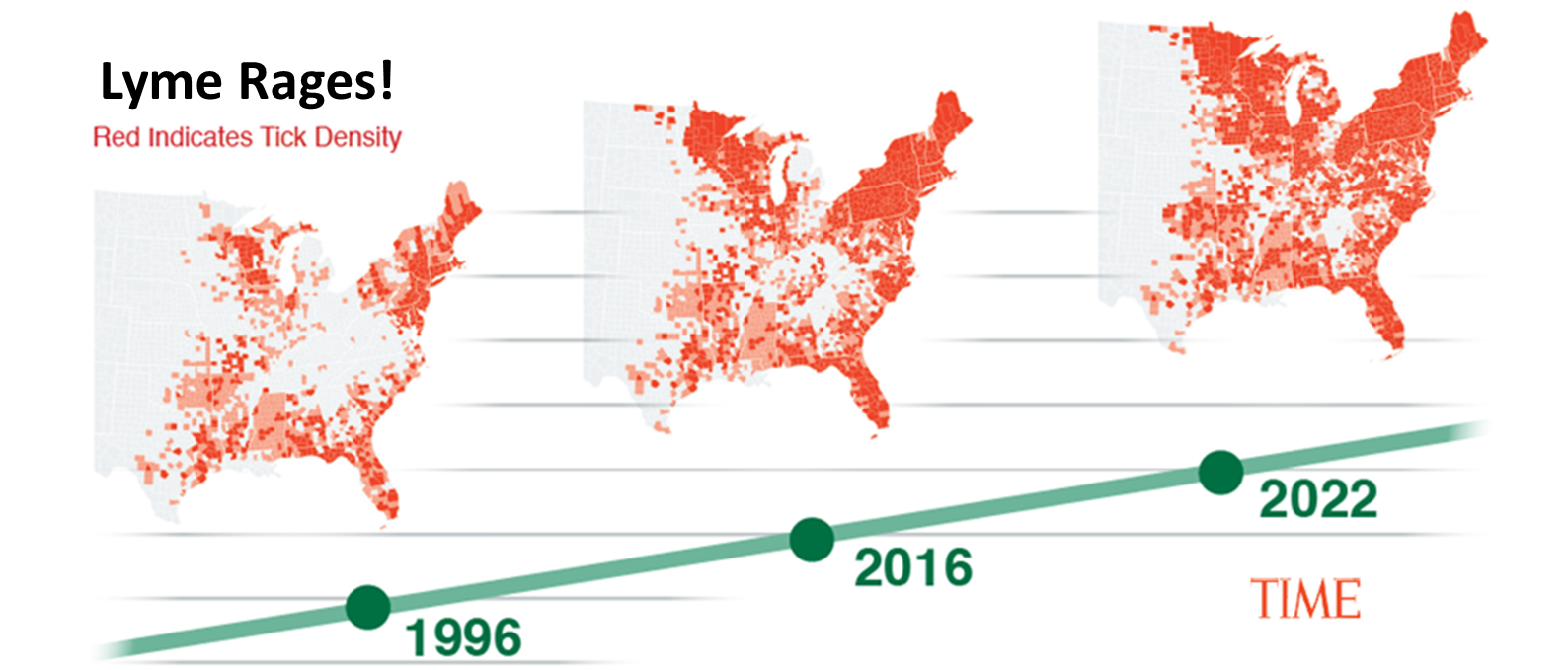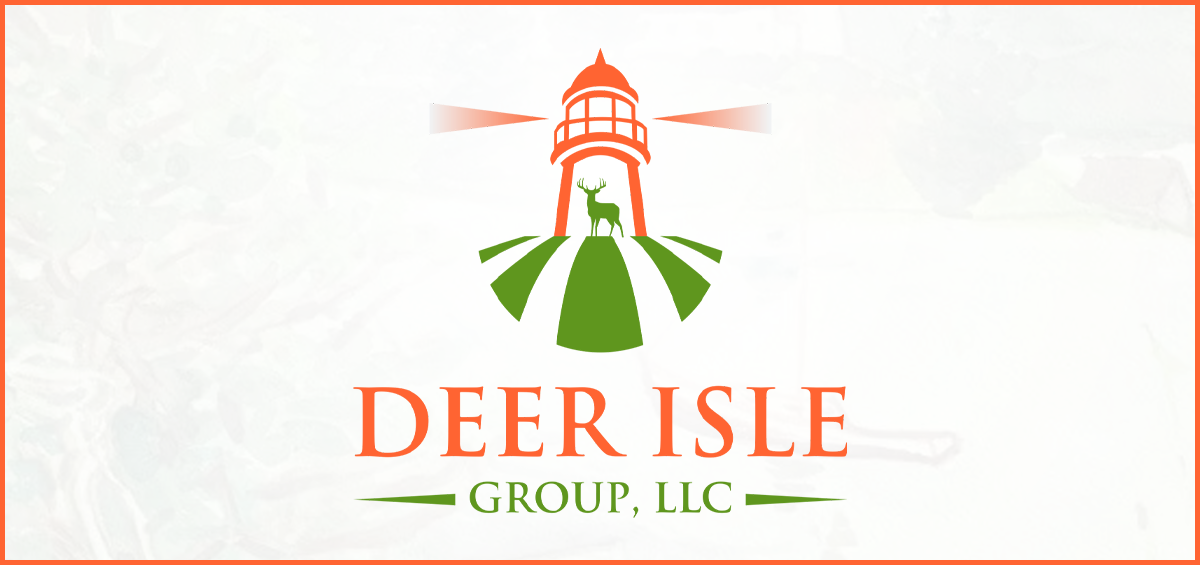FAMILY BUSINESS – SALE OR CAPITAL: 5 Steps to Highest Valuation

For family businesses to attract capital with the best terms, they must be prepared to interact with Capital Providers in an institutional manner. This means that a family business owner who is used to having a maximum amount of disclosure freedom (i.e., freedom to not disclose its finances or operations) must (i) transition to understanding its business within the context of market conditions and (ii) be prepared for institutional disclosure of its finances and operations.
Once the family business has conducted the steps to make itself institutional (see Appendix I “Family Business Sale or Capital: 5 Steps to Highest Valuation”), then it can obtain the highest valuation, since it will maximize its interested parties.
Private Capital Providers are highly interested in finding opportunities in sectors where there are many family businesses, since private capital believes that family businesses can provide a platform for growth and attractive returns – specifically with roll-up strategies where the individual business may be “sub-scale” but when multiple businesses are integrated – the whole is greater than the sum of the parts.
The outlook for family business capital needs is large, so the process of attracting external capital to family businesses should be an important consideration for many participants in the US economy. A strong and growing family business sector is important to US GDP growth.
Medium and small businesses (i.e., firms with fewer than 500 employees) are known to be a major economic engine of growth and prosperity, representing approximately 56% of US GDP and 54% of employment.
Assuming medium and small businesses are a proxy for family-owned businesses, family-owned businesses should be a place where capital is deployed, given their importance to the US economy. However, 33% of small US businesses that had recently closed (according to a 2021 survey by an insurance service provider) cited “lack of capital” as the main reason.
Approx. 15% of North American family businesses are led by CEO’s from the “Silent Generation” born between 1925 and 1945. Recent survey data that reveals that nearly 70% of family business leaders do not have a succession plan, even though 55% do not envision the business remaining in the family’s hands. Since there are approx. 6 million businesses with more than 1 employee and fewer than 500 employees, this would indicate that 900,000 businesses will be transitioning based upon aging leadership, and 3,300,000 would be transitioning to new ownership or closing due to non-family transitions.
APPENDIX I
Family Business Sale or Capital
5 Steps to Highest Valuation
| Considerations | Action |
| Market Conditions/Terms: It is important to have realistic expectations of market conditions and timeframe (see 7 STEPS & TIMELINE: Institutional Capital Success!) so that when a “market” offer is received, it is well considered. A family business is like a family member, making it very hard to have an objective view of valuation. Therefore, it’s best to have an advisor help give an objective opinion of market conditions, peer analysis, and valuation. | Understand Market Conditions & Terms |
| Financials: Family business financials are often integrated or commingled with family finances. In order for capital to be willing to give the highest valuation, it has to feel that there is a firm financial understanding of the company. “Highest and best” requires audited financials that separate business financials from family finances. | Prepare Institutional Quality Financials |
| Operational Processes: When a company is sold or raises capital, the Capital Provider wants to know that the operations of the company are sustainable and will continue under new ownership or capital structures. It is important to document organization charts, processes, intellectual property, etc. such that it is clear that company operations are robust enough to withstand family ownership change. | Document Institutional Quality Operations |
| Governance/Ownership Structures: Family businesses often have complex explicit and implicit ownership structures. Prior to being in the market, owners should clarify who will approve and how approvals for any transactions will be finalized. | Clarify Governance/ Ownership Structures |
| Future Performance: A prospective purchaser or Capital Provider will mostly want to understand future performance since they will be investing into future returns. It is important to understand and be able to articulate support for forward looking prospects of the business. | Articulate & Support Forward Business Plans/Projections |



